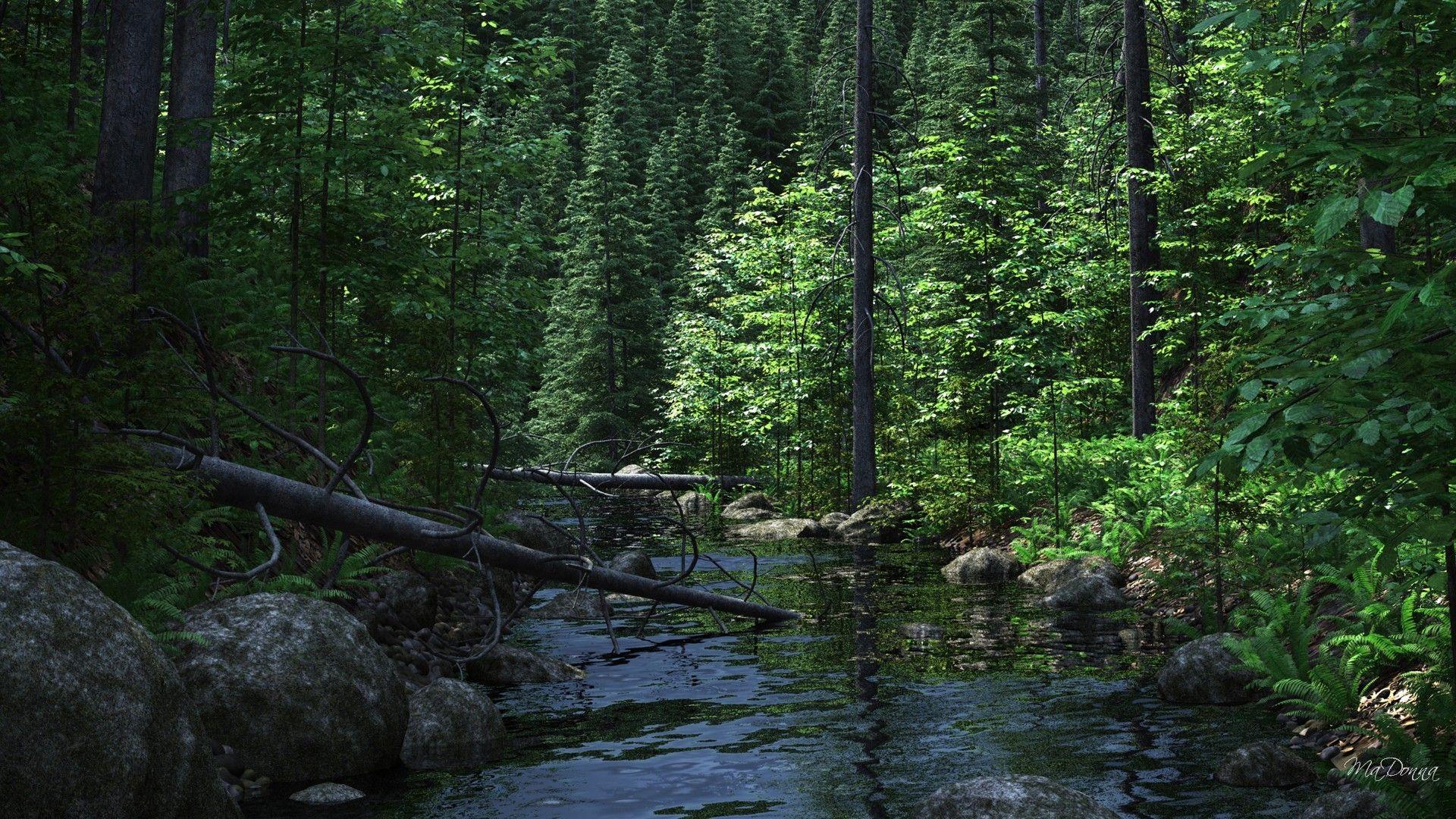


Two sections of the border-one along the 49th parallel south of British Columbia and one between the Alaska Panhandle and northern British Columbia-have left a great impact on the region. The culture of the Pacific Northwest is influenced by the Canada–United States border, which the United States and the United Kingdom established at a time when the region's inhabitants were composed mostly of indigenous peoples. The region's largest metropolitan areas are Greater Seattle, Washington, with 4 million people Metro Vancouver, British Columbia, with 2.64 million people and Greater Portland, Oregon, with 2.5 million people. The region is sometimes referred to as Cascadia, which, depending on the borders, may or may not be the same thing as the Pacific Northwest. The term "Pacific Northwest" should not be confused with the Northwest Territory (also known as the Great Northwest, a historical term in the United States) or the Northwest Territories of Canada. The Northwest Coast is the coastal region of the Pacific Northwest, and the Northwest Plateau (also commonly known as "the Interior" in British Columbia and the Inland Northwest in the United States) is the inland region.

The variety of definitions can be attributed to partially overlapping commonalities of the region's history, culture, geography, society, and other factors. Other conceptions may be limited to the coastal areas west of the Cascade and Coast mountains. Some broader conceptions reach north into Alaska and Yukon and south into northern California. states of Oregon, Washington, and Idaho, and the Canadian province of British Columbia. Though no official boundary exists, the most common conception includes the U.S. The Pacific Northwest (sometimes Cascadia, or simply abbreviated as PNW) is a geographic region in western North America bounded by its coastal waters of the Pacific Ocean to the west and, loosely, by the Rocky Mountains to the east.


 0 kommentar(er)
0 kommentar(er)
